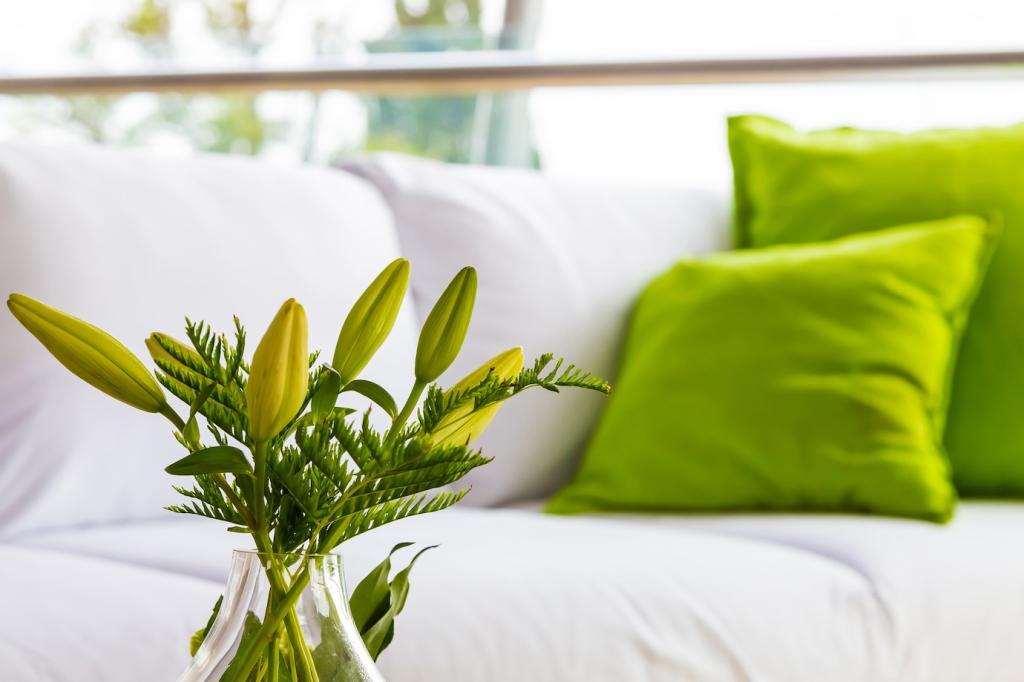
Biophilic Design: Bringing Nature Indoors
Biophilic design is a transformative approach to interior spaces, connecting people more closely with nature by seamlessly integrating natural elements and patterns into built environments. This design philosophy goes beyond mere aesthetics, cultivating wellness, comfort, and productivity. As modern lifestyles increasingly distance us from the outdoors, biophilic design provides a vital bridge, restoring our intrinsic affinity with nature and enhancing both physical and mental well-being. This page explores the principles, benefits, and methods of bringing nature indoors, illustrating how any space can be enlivened and improved through mindful design choices.
The Principles of Biophilic Design
One essential aspect of biophilic design is creating direct links with nature within interior spaces. This may involve incorporating living plants, water features, natural light, and even fresh air through open windows. These elements not only beautify spaces but also promote cleaner air, foster relaxation, and create multisensory experiences that reduce anxiety and fatigue. The physical presence of nature indoors is proven to enhance creativity and mood, making it a cornerstone of truly restorative environments.

Health and Wellness Benefits
01
Reducing Stress and Enhancing Well-being
Exposure to natural elements within our daily environments has a direct impact on stress reduction and overall well-being. Incorporating greenery, water, and natural light has been shown to lower blood pressure, reduce cortisol levels, and enhance feelings of calmness and serenity. Such effects create restorative environments that foster mental clarity and emotional balance, making biophilic design a crucial ally for modern life.
02
Improving Air Quality and Physical Health
Living plants naturally filter the air, removing toxins and increasing oxygen levels. Biophilic interiors that include greenery contribute to better respiratory health and improved concentration among occupants. Additionally, the use of non-toxic, natural materials helps reduce indoor pollution, ensuring safer, healthier spaces for all users. These healthful environments support productivity, learning, and recovery across work, home, and healthcare settings.
03
Supporting Mental Clarity and Productivity
Nature-rich spaces have a profound influence on cognitive functions, both invigorating creativity and aiding concentration. Studies reveal that people working or studying in biophilic spaces experience fewer distractions and more sustained focus. Access to daylight, natural views, and verdant surroundings can significantly boost productivity, reduce absenteeism, and support innovation. This makes biophilic design a smart investment for thriving interiors.
Biophilic Elements in Residential Spaces
The inclusion of houseplants, vertical gardens, and even small indoor trees is a central practice in biophilic home design. Beyond their visual appeal, these features introduce natural textures, movement, and color, enlivening interiors with their presence. Indoors gardens or potted plants can be strategically placed in living rooms, kitchens, or even bathrooms, creating restful moments throughout the home. Nurturing plants also fosters mindfulness and a deeper, daily bond with nature.
Previous
Next
